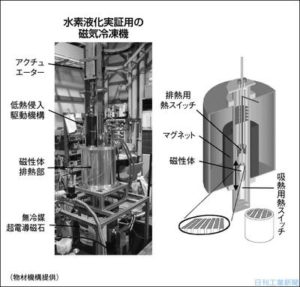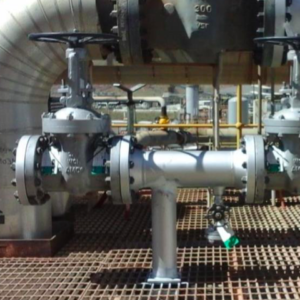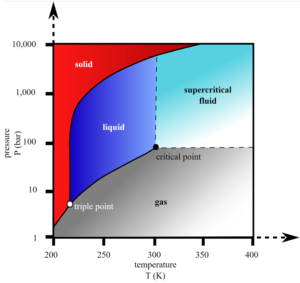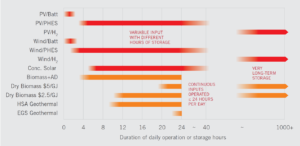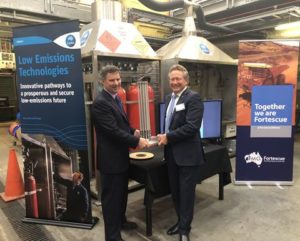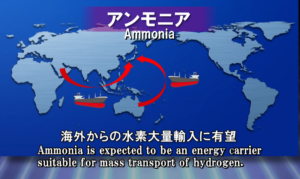AEA Australia conference announced for August 2019: Ammonia = Hydrogen 2.0
ANNOUNCEMENT: The Australian chapter of the Ammonia Energy Association (AEA Australia) has announced details of its inaugural conference, which will take place on August 22 and 23, 2019, and will be held at CSIRO in Clayton, Victoria. Entitled "Ammonia = Hydrogen 2.0," the conference will focus on the role of ammonia within the Australian hydrogen economy, specifically "Building an energy export industry using Green Ammonia." In addition to a full program of talks by invited speakers, networking events will include panel discussions, a poster session, and the conference dinner. Registration for the event is now open, with an early booking discount available until July 5.

